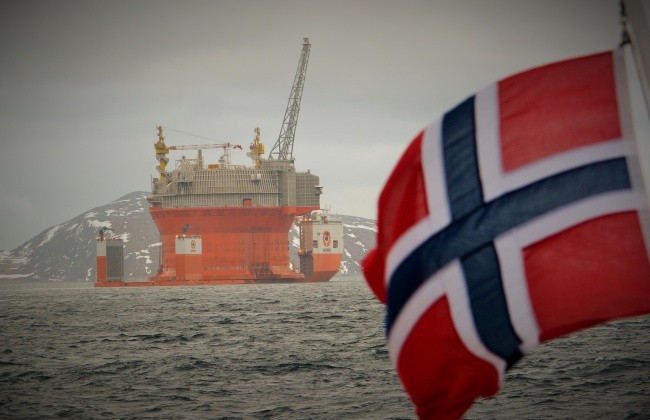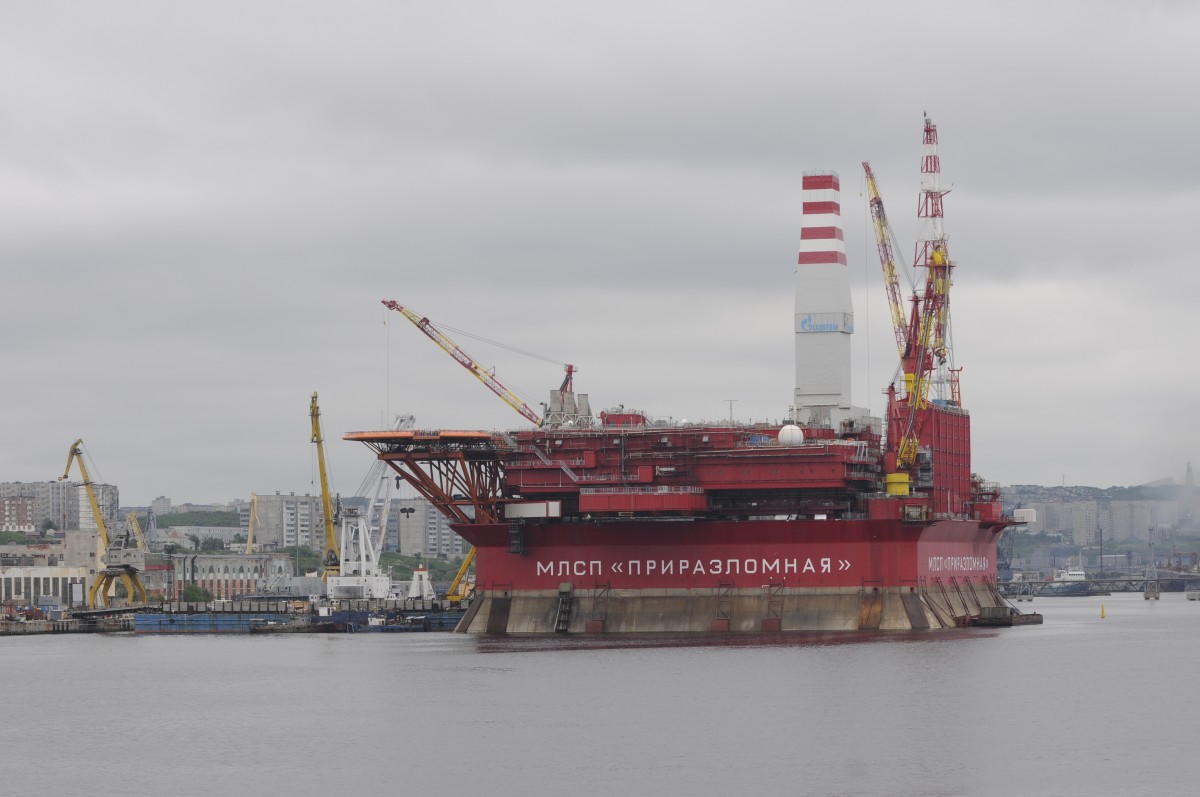Norway’s oil fund wants out of oil and gas investments

Analyses by the investment management show that the fund can be made less vulnerable if staying away from oil and gas stocks.
Earlier this autumn, Norway’s oil fund reached the stunning value of $1 trillion. Built on transfer of oil revenue from May 1996, the fund is today the world’s largest sovereign wealth fund and is supposed to secure pensions for generations to come.
The fund has invested in some 9,000 companies in 77 countries around the world. In value, the fund owns 1,% of all listed companies worldwide.
Now, Norges Bank, who manage the investments, shocks the petroleum market by recommending the removal of oil stocks from the fund’s benchmark index.
In a letter to the Ministry of Finance on Thursday, the bank writes «In the Bank’s view, this will make the government’s wealth less vulnerable to a permanent drop in oil and gas prices.»
The letter informs that the vulnerability of government wealth to a permanent drop in oil and gas prices will be reduced if the fund is not invested in oil and gas stocks, and advise removing these stocks from the fund’s benchmark index.
Norges Bank underlines in a press-release that this advice is based exclusively on financial arguments and does not reflect any view on the sustainability of the oil and gas sector.
Victory for common sense
The move, however, makes environmentalists happy.
Greenpeace calls the move wise and a victory for common sense.
«This is a very wise proposal from Norges Bank. Norway is already heavily invested in oil and gas resources, so selling off the oil fund’s fossil stocks will clearly help reduce our financial carbon risk,» says Truls Gulowsen, head of Greenpeace Norway.
«We have made this argument for some time, and there is no reason why the Norwegian Ministry of Finance should not approve this request.»
Norges Bank writes in the letter to the Ministry of Finance that «the analyses show that oil and gas stocks are significantly more exposed than other sectors to movements in oil prices.»
Investments in Russian Arctic oil

Oil and gas equities currently account for around 6% of the Norwegian Government Pension Fund Global (often named the oil fund) benchmark index. That is just over 300 billion Norwegian kroner (€30,81 billion).
Among the investments is Gazprom Neft, operating the Prirazlomnoye field in the eastern Barents Sea, Russia’s only operating offshore oil-field in the European part of the Arctic. By January 1st, 2017, the fund hold stocks in Gazprom Neft at a value of 594 million kroner (€61 million).
Related stories from around the North:
Canada: Arctic nickel, not oil, could soon power the world’s cars, Blog by Mia Bennett, Cryopolitics
Finland: U.S. pullout from Paris climate pact condemned by Finnish leaders, Yle News
Germany: Cheap oil from the Arctic? Fake news, says climate economist Kemfert, blog by Irene Quaile, Deutsche Welle
Norway: Will Goliat oil field ever become profitable for Norway?, The Independent Barents Observer
Russia: Big dig in Kola Bay as Novatek takes new steps in Arctic gas project, The Independent Barents Observer
Sweden: Sweden’s climate minister : U.S. withdrawal from Paris sends a bad signal, Radio Sweden
United States: Big questions emerge over $43 billion gas-export deal between Alaska and China, Alaska Dispatch News



